-
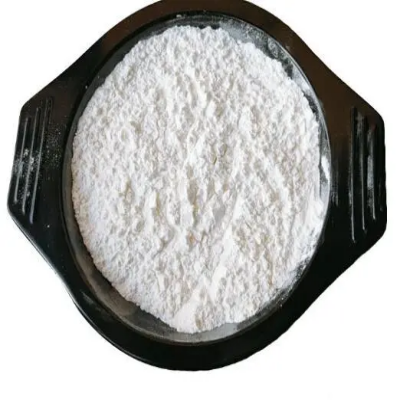
Bis(tricyclohexylphosphine)palladium(0) CAS:33309-88-5
Bis(tricyclohexylphosphine)palladium(0) is a coordination compound comprising two tricyclohexylphosphine ligands and a palladium center in the zero oxidation state. It is commonly utilized as a catalyst in various organic transformations, particularly in cross-coupling reactions and C-C bond formation. Additionally, it serves as a precursor for the synthesis of other palladium complexes with diverse applications in catalysis, material science, and medicinal chemistry.
-
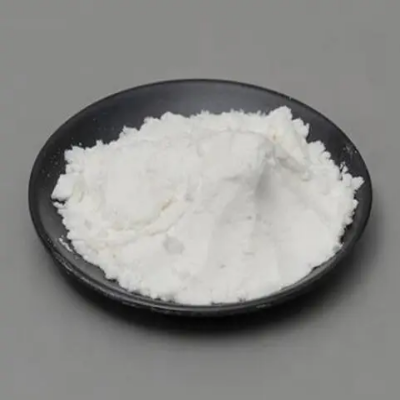
Bis(benzonitrile)dichloroplatinum(II) CAS:14873-63-3
Bis(benzonitrile)dichloroplatinum(II)** is a coordination compound containing two benzonitrile ligands and two chlorine ligands, a compound with a central platinum ion. It is often used as a model compound in coordination chemistry studies to study the properties and reaction mechanisms of platinum complexes. In organic synthesis, it is also used as a catalyst and participates in some important organic reactions.
-
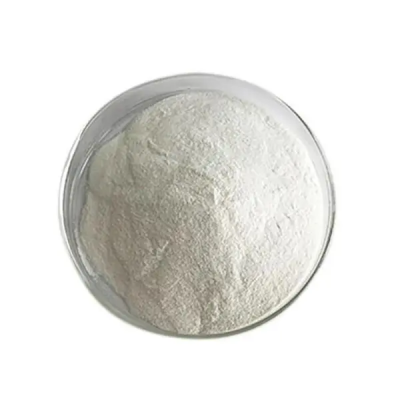
N3,N5-bis(benzyloxycarbonyl)-5-amino-3-azapentan-1-ol CAS:281206-41-5
N3,N5-bis(benzyloxycarbonyl)-5-amino-3-azapentan-1-ol is a chemical compound with versatile applications in organic synthesis and pharmaceutical research. It belongs to the class of pentanamine derivatives and features benzyloxycarbonyl protecting groups, an amino group, and a hydroxyl functionality. This compound holds significance in medicinal chemistry and drug discovery due to its structural diversity and potential for molecular modification, offering opportunities for the development of bioactive compounds targeting various biological pathways.
-
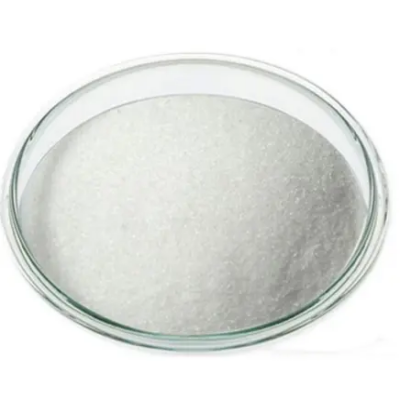
methyl 1-(3-bromophenyl)-3-hydroxycyclobutanecarboxylate CAS:1432059-18-1
Methyl 1-(3-bromophenyl)-3-hydroxycyclobutanecarboxylate is a chemical compound widely utilized in organic synthesis and pharmaceutical research. It belongs to the class of cyclobutane derivatives and features a 3-bromophenyl group, a hydroxy functionality, and a methyl ester moiety. This compound holds significance in medicinal chemistry and drug discovery due to its structural versatility and potential for molecular modification, offering opportunities for the development of novel therapeutic agents.
-
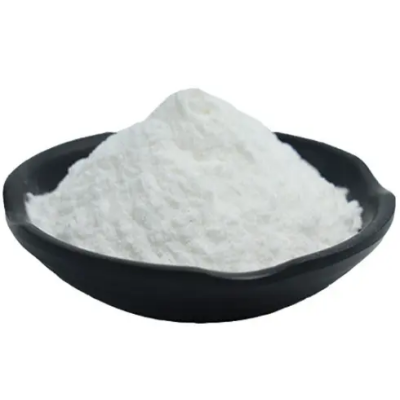
Ethyl 2-amino-5-formylbenzoate CAS:2060035-83-6
Ethyl 2-amino-5-formylbenzoate is a chemical compound with versatile applications in organic synthesis and pharmaceutical research. It belongs to the class of benzoate derivatives and features an amino group and a formyl group attached to a benzene ring. This compound is of interest in medicinal chemistry and drug discovery due to its structural diversity, offering opportunities for the development of bioactive compounds targeting various biological pathways.
-

Benzyl tert-butyl ethane-1,2-diyldicarbamate CAS:77153-05-0
Benzyl tert-butyl ethane-1,2-diyldicarbamate is a chemical compound utilized in organic synthesis and pharmaceutical research. Classified as a carbamate derivative, it contains benzyl and tert-butyl groups connected by an ethane-1,2-diyldicarbamate linker. This compound is notable for its structural versatility, offering potential for diverse modifications and applications in medicinal chemistry and drug discovery.
-
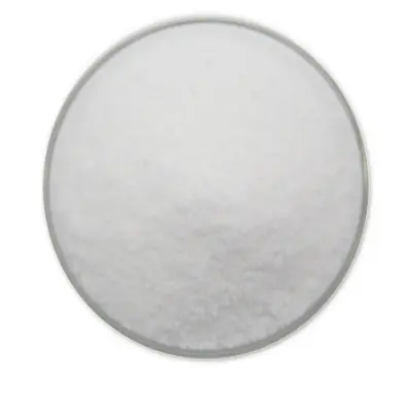
7-methoxyquinoline-3-carboxylic acid CAS:474659-26-2
7-Methoxyquinoline-3-carboxylic acid is a chemical compound with versatile applications in organic synthesis and pharmaceutical research. Belonging to the class of quinoline derivatives, it features a methoxy group and a carboxylic acid functionality. This compound holds promise in medicinal chemistry and drug discovery due to its structural diversity and potential for molecular modification, offering avenues for the development of bioactive compounds targeting various biological pathways.
-
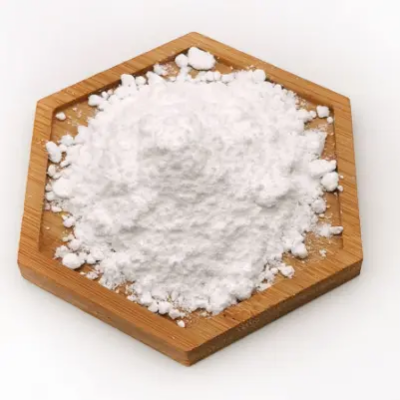
5-Amino-1-isopropylpiperidin-2-one CAS:1334148-30-9
2-(3,5-Dichlorophenyl)cyclopropane-1-carboxylic acid is a chemical compound widely employed in organic synthesis and pharmaceutical research. It belongs to the class of cyclopropane derivatives and features a cyclopropane ring substituted with a 3,5-dichlorophenyl group, attached to a carboxylic acid functional group. This compound’s structural characteristics make it valuable in medicinal chemistry and drug discovery due to its potential for diverse molecular modifications, offering opportunities for the development of bioactive compounds targeting various biological pathways.
-
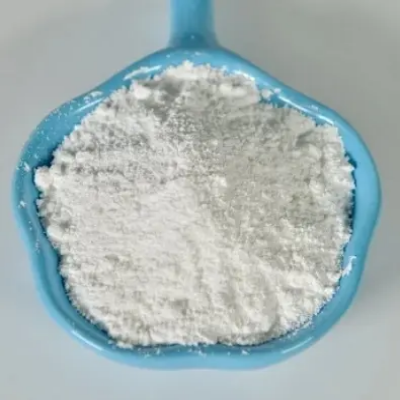
4-Amino-3-bromobenzaldehyde CAS:42580-44-9
4-Amino-3-bromobenzaldehyde is a chemical compound with versatile applications in organic synthesis and pharmaceutical research. It belongs to the class of benzaldehyde derivatives and features an amino group and a bromine substituent on a benzene ring bearing an aldehyde functional group. This compound holds significance in medicinal chemistry and drug discovery due to its structural diversity, offering opportunities for the development of bioactive compounds targeting various biological pathways.
-
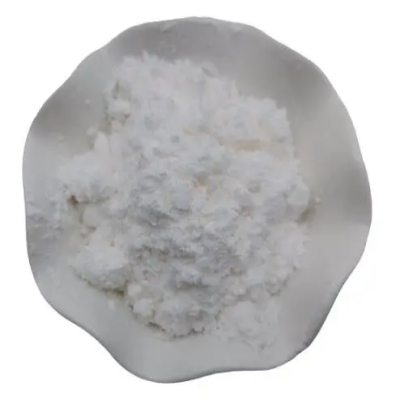
3-Amino-1,1,1-trifluoropropan-2-ol CAS:431-38-9
3-Amino-1,1,1-trifluoropropan-2-ol is a chemical compound with diverse applications in organic synthesis and pharmaceutical research. It belongs to the class of amino alcohols and features a trifluoromethyl group attached to a tertiary carbon atom bearing an amino and a hydroxyl group. This compound holds significance in medicinal chemistry and drug discovery due to its unique structural motifs, offering opportunities for the development of bioactive molecules targeting various biological pathways.
-
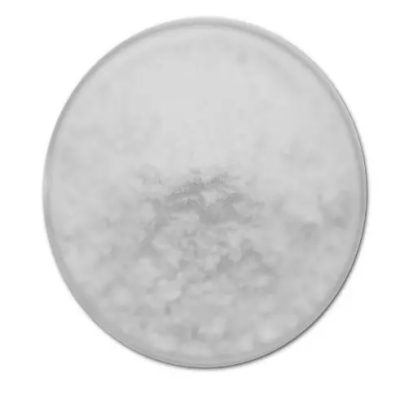
3-(4-Fluorophenyl)isoxazole-5-carbaldehyde CAS:251912-65-9
3-(4-Fluorophenyl)isoxazole-5-carbaldehyde is a chemical compound with versatile applications in organic synthesis and pharmaceutical research. It belongs to the class of isoxazole derivatives and features a 4-fluorophenyl group attached to a five-membered isoxazole ring bearing a carbaldehyde functional group. This compound is of interest in medicinal chemistry and drug discovery due to its structural diversity, offering opportunities for the development of bioactive compounds targeting various biological pathways.
-
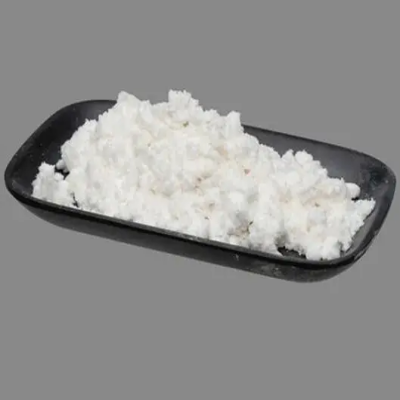
Benzylidene-bis(tricyclohexylphosphine)dichlororuthenium CAS:172222-30-9
Benzylidene-bis(tricyclohexylphosphine)dichlororuthenium is a ruthenium complex commonly used as a catalyst in organic synthesis. It is known for its ability to promote various catalytic reactions, including hydrogenation, isomerization, and C-C bond formation. This complex is valued for its stability and efficiency in facilitating selective transformations, making it a versatile tool in the field of organometallic chemistry.

